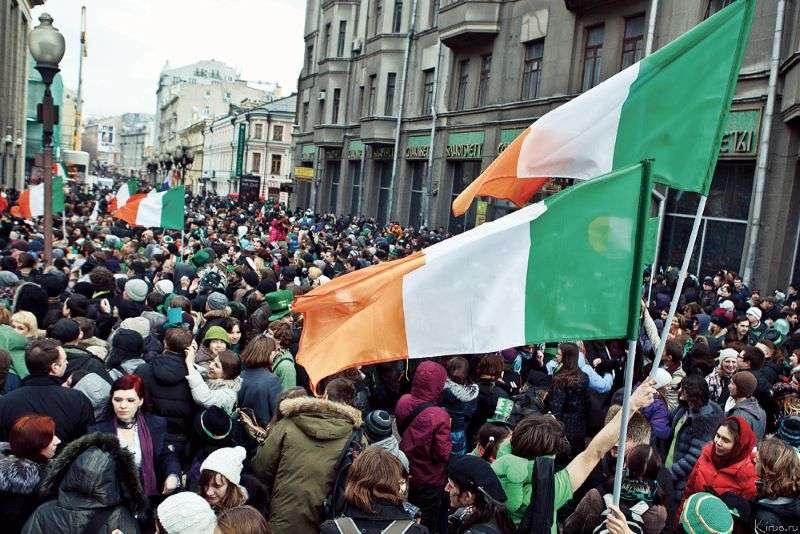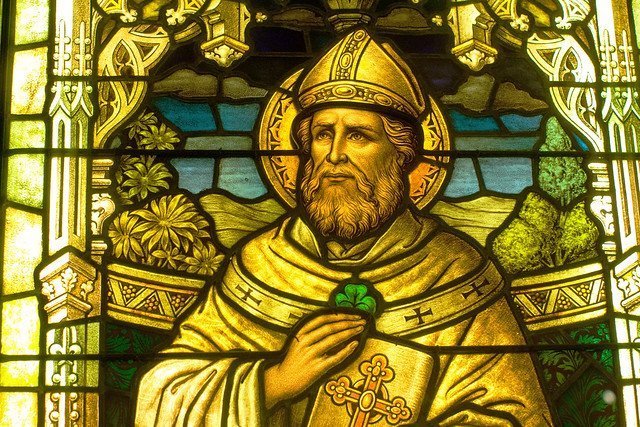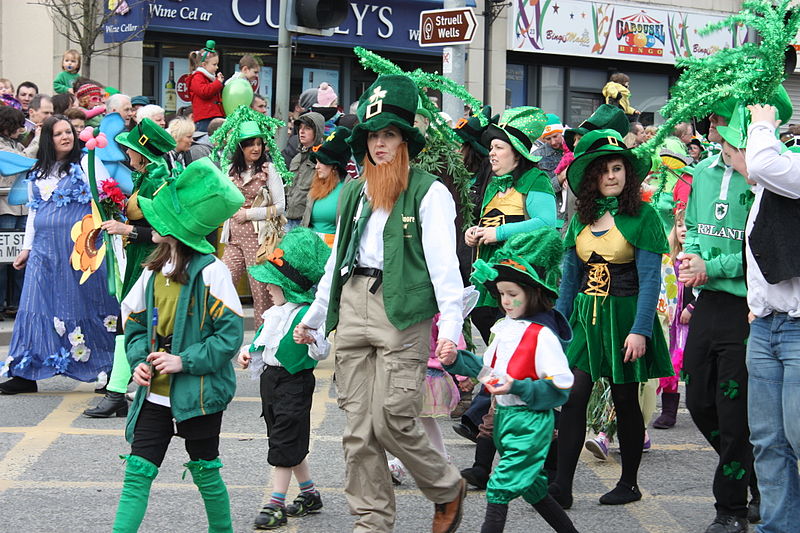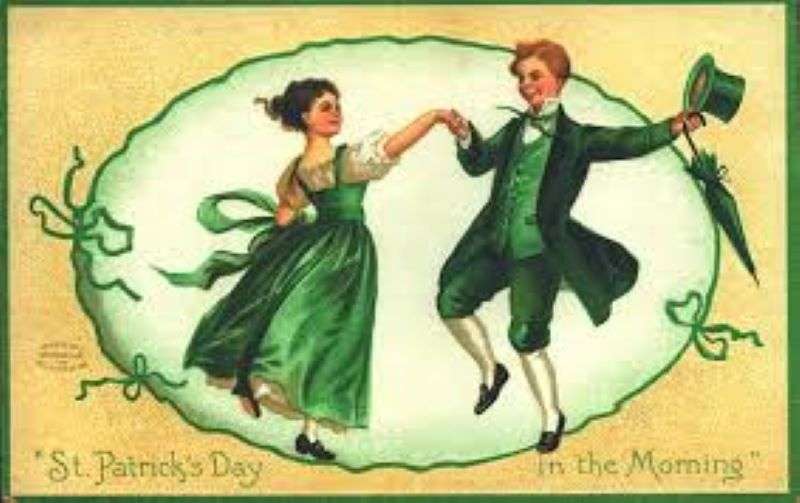One that’s uniquely Irish is the celebration of St. Patrick’s Day.
This formerly religious turned secular holiday has been adapted by other countries over the centuries, particularly those with a large concentration of Irish emigrants such as the United States.
Most of us non-Irish would most likely just think of the color green and parades when asked what we know of St. Patrick’s Day, but there’s more to the celebrations than what color to wear or how much beer to drink.
Here are a few noteworthy things about St. Patrick’s Day, and as fun, as it is, the story behind is actually quite fascinating.
Things you'll find in this article
St. Patrick’s Day

St. Patrick’s Day, which is every March 17, is the feast day of St. Patrick, the patron saint of Ireland.
This day commemorates the arrival of Christianity in Ireland, which was in the year St. Patrick arrived back in the country tom preach Christianity to the people. March 17 is also the day that St. Patrick died in 481.
For over a thousand years, the Irish observed St. Patrick as a religious holiday. A typical St. Patrick’s day celebration among the Irish Catholic involves attending church in the morning than watching the parade after.
Later on, however, the Irish emigrants, particularly those who are in the United States, transformed St. Patrick’s day from a relatively tame religious holiday into a bright, colorful, and fun secular holiday of revelry and celebration of all things Irish.
In Ireland meanwhile, from 193 to 1970, most pubs are closed during St. Patrick’s day because it was a religious holiday.
March 17 was eventually reclassified as a national holiday and the whole of Ireland started drinking to celebrate that it became embedded into the St Patrick’s Day tradition.
Each year, March 17 is a national holiday in both Ireland and North Ireland, while it is observed as a provincial holiday in the Canadian province of Newfoundland. It has also become the biggest festivals in all Ireland.
About St. Patrick
St. Patrick’s real name was Maewyn Succat. He was born in Toman Britain (other records say Wales) in the late 4th century. At the age of sixteen, he was kidnapped and taken to Ireland as a slave.
He was able to escape but he returned (to Ireland) in 432 to convert its people to Christianity. During his lifetime, he established a number of churches, monasteries, and schools. He died on the 17th of March in 461 AD.
The St. Patrick’s Day Parade
A celebration of St. Patrick’s Day is not complicated without a parade, and the first was held in 1762 not in Ireland but in the United States.
In 1762 Irish soldiers who were then serving in the English army celebrated St. Patrick’s day by marching through the streets of New York City. These days, the parade is an official city event.
Meanwhile, in Ireland, the first-ever St. Patrick’s Day parade was in 1903 and it took place in Waterford, which is the oldest and most populous Irish city.
Nowadays, the United States holds more than a hundred St. Patrick’s Day parades every March 17.
Nearly 12% of Americans are said to be of Irish ancestry, and it is said that more people with Irish lineage live in America than in Ireland.
Still on the topic of St. Patrick’s Day parades, there are two locales that known to have the shortest parade. Dripsey in County Cork, Ireland used to be known as the one with the shortest — 77 feet, or the distance between the pubs The Weigh Inn and The Lee Valley.
These days, however, the shortest St. Patrick’s Day parade is in Hot Springs, Arkansas. This parade passes through a 98- foot route where the recent participants include the Irish Elvises and the San Diego Chicken.
Wearing Green
Among the traditions that are part of the celebration of St. Patrick’s Day is the color green. Wear green and a shamrock, which one could use as a necklace pendant, earrings, shirt print, tattoo, headpiece or face paint.
This hasn’t always been the case, however, as for many years, the color often linked with St. Patrick was blue. Green was even said to be unlucky. Wearing blue on St. Patrick’s Day is more symbolic and the Presidential Standard is still blue.
There is a story though why green is the more popular color during St. Patrick’s Day celebrations. Green was, historically, the color associated with the series of Irish rebellions that took place to gain independence from the English crown. Green is the color worm by Irish emigrants in America, along with the Irish flag, to show their pride for their native country.
In Other Countries
St. Patrick’s Day was originally a religious holiday typically celebrated with a mass and parade. However, it was the United States’ Irish emigrants and those with Irish ancestry that made it into a colorful day of revelry and everything Irish.
Cities and towns with a large number of emigrants have more lavish celebrations that include elaborate parades. These cities include Boston, New York, and since 1962, Chicago. This capital of Illinois even colors their river green to mark the holiday using food-grade vegetable dye which lasts for several hours.
St. Patrick’s Day is also a holiday observed in Sydney, Australia, and in 2010 the Opera House turned green to celebrate 200 years of this festive holiday.
Other St. Patrick’s Day Trivia
1. St. Patrick’s Day is another excuse to drink more beer, especially for the beer-loving Irish. It is a known fact that every year on March 17, Guinness sales soar. Every day around the world, 5.5 million pounds of a pint is sold but that figure is automatically doubled come to St. Patrick’s Day.
RELATED READ: 15 Drinks In Ireland You Should Try
2. A traditional St. Patrick’s Day food consist of corned beef and cabbage, then dyed green beer after. The food combo is British in origin while the dyed beer is American, but they are eventually adopted by the Irish every St. Patrick’s Day mostly for the benefit of tourists.
3. Wearing green attire or shamrock is another St Patrick’s Day tradition. It is also a tradition that if you see someone on St. Patrick’s Day who’s not wearing green, you have every right to pinch them.
4. Lastly, it is said that if you find a four-leaf clover on St. Patrick’s Day, you’re bound to attract good luck. There’s only one in 10,000 chance of finding it exactly on March 17 though, as you’ll typically find a shamrock so if you do, you are very lucky indeed.
Related Read: Amazing St. Patrick’s Day’s Gift Ideas

Hi, I’m Christine – a full-time traveler and career woman. Although I’m from the Philippines, my location independent career took me to over 60 countries for the past 12 years. I also lived in 4 continents – from the Caribbean, South East Asia, Africa and now in Europe. But despite living in several countries, my love for Ireland remains the same. A country that had been a part of my life since I was 14 because of my love for Irish music and bands. Ireland Travel Guides was born because of this passion and hopefully, in some little ways, this website will be able to help you on your next trip to Ireland.




13 Awesome Things To Do In Meath, Ireland - Ireland Travel Guides
Friday 10th of December 2021
[…] The Donaghmore Round Tower is a well-preserved 10th-century structure located just northeast of Navan. The tower is found on the site of a religious settlement thought to have been established in the 5th century by St. Patrick. […]
9 Famous Irish Actresses In Hollywood - Ireland Travel Guides
Thursday 12th of August 2021
[…] is famous for green hats and leprechauns, St. Patrick’s Day, clover leaves, and smiling sheep. This country, so rich in cultural heritage and fun traditions, […]
Irish Dance: History And Guide - Ireland Travel Guides
Monday 9th of August 2021
[…] Many Irish children participate in Irish dancing as an extracurricular activity, and it is always prominently displayed during Irish events such as St. Patrick’s Day. […]
10 Cheeky St. Patrick’s Day Shirts For Women - Ireland Travel Guides
Saturday 7th of August 2021
[…] This shirt is your perfect excuse for drinking more than you possibly can in an entire year during St. Patrick’s Day. […]
Facts About Ireland - 25 Interesting Things About Ireland - Ireland Travel Guides
Monday 14th of June 2021
[…] the color green with St. Patrick or Ireland itself. Historians say that the right color for St. Patrick and his feast day: Irish National Holiday is light […]